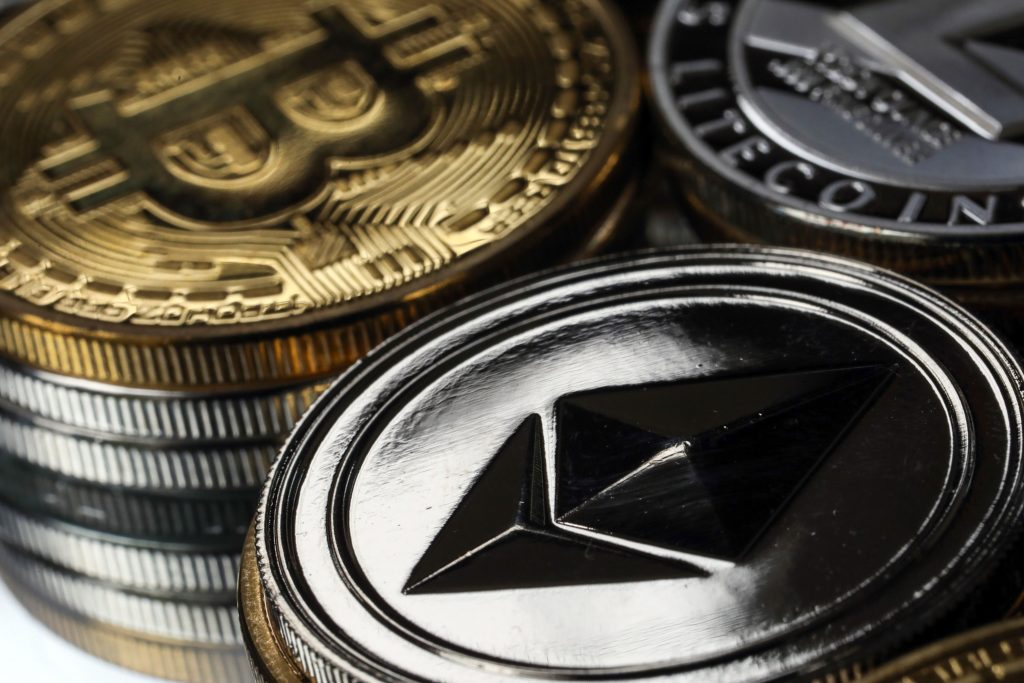
The TerraUSD (UST) crash, which plummeted the USD-pegged stablecoin to a mere $0.05 to the dollar, has again raised talk of stiffer regulations.
Read:
But the wrong type of regulation could end up being damaging to the sector.
“Bad regulation can be bad for innovation,” says Tara Annison, head of technical crypto advisory at Elliptic, a UK-based cryptocurrency compliance firm. “Crypto is much more regulated than people think, especially in the space of KYC [Know Your Customer].”
KYC guidelines require, among other things, that financial institutions verify the identity of users on their platform. This and other regulations have struck a bullseye in bringing illicit on-chain activity to almost nothing.
“Less than 1% of [bitcoin] market activity is illicit activity,” says Annison.
This number is down from 35% in 2012.
Elliptic calculates this figure by analysing over 98% of bitcoin’s global trading volume and matching it to more than one million wallets or digital addresses the company has labelled.
Elliptic co-founder Tom Robinson told The Block Crypto in 2020 that the much lower figure was likely, among other things, due to “the introduction of anti-money laundering (AML)”, a regulatory action attempting to stamp out illicit money flows.
Read:
Rival company Chainalysis reports similar figures in its Chainalysis 2022 Crypto Crime Report – that illicit transactions in 2021 totalled a mere 0.62% of bitcoin activity.
So regulation has already apparently done the trick in virtually getting rid of scammers.
Retail investors and lack of transparency
One of the tragedies in the Terra Luna scandal is that the majority of investors were retail investors and not institutions, Annison believes.
Erica Stanford – author of the award-winning book Crypto Wars: Faked Deaths, Missing Billions and Industry Disruption – knows at least one retail investor who got burned after investing in Terra Luna.
“The nicest guy you could ever hope to meet,” she tells Moneyweb, “who works really hard and runs a blockchain business.
“He had invested in crypto and then put his money in Luna because he thought it was safe and sustainable, and it was paying out a yield. But he has now lost so much and is worried about his future.”
When she asked him how much he had lost, he said only, “Enough. Enough.”
Stanford points out that in an ideal world, regulation wouldn’t be necessary because so many resources and third-party services now exist to ensure that a company’s blockchain is robust and secure. “But I don’t think we live in an ideal world, sadly.”
There is currently no official standard for determining what makes a ‘good’ crypto project and what makes a bad one, she says. It would be better if there was such a yardstick that could be followed by all crypto companies. In this regard, she believes regulation would be a good thing.
The other problem is a lack of transparency regarding those who are behind new crypto projects. One of Stanford’s professional colleagues who follows the Terra Luna story closely was “absolutely shocked” to hear of Terra’s crash. Terraform Labs founder Do Kwon was a “respected guy” in the crypto space, Stanford says, and people listened to him.
But since the crash, news has surfaced that Kwon was allegedly behind another failed algorithmic stablecoin called Basis Cash, which now trades for less than $0.01.
In the traditional investment sphere, important incidents in a financial professional’s background – such as disciplinary actions and role changes, noting why – are made known, at least in the United States, and can be searched publicly on the internet.
But the combination of a respected personality, the promise of 20% returns, and the hype on social media caused Luna’s price to soar when the project was evidently unsound from the start.
Annison doesn’t believe the hype surrounding Luna was fraudulent – what is termed “shilling” in the cryptosphere, when scammers excessively promote a new project to gain new investors – but feels that the project did indeed accrue to itself far more YouTube excitement than it merited. This likely had the unfortunate effect of drawing in many amateur investors who subsequently fell short, she says.
Outright scams and illicit trading
Although illicit on-chain trading is extremely low, there is the dark underbelly of crypto crime that new regulations are unlikely to reach.
OneCoin, a verified cryptocurrency Ponzi scheme, still has sellers on LinkedIn, says Stanford, who became something of an expert at ferreting out scams during the writing of her book. She says she recently found about 100 profiles on LinkedIn that still list ‘Selling OneCoin’ as one of their roles.
“They’re still hosting events to support OneCoin in hotels and conferences around the world,” she says.
There are publicly open Facebook crypto-scam groups that anyone can join. People get told to invest in this or that crypto scam. Stanford tells Moneyweb that law enforcement does have the intelligence and tools to go after the crooks in these groups, but the police are “utterly under-resourced” and so they can pick only the tiniest fraction of cases to go after.
More regulation would do little to bolster a strained police service that simply cannot get to all the complaints it receives.
“Awareness across the space for investors is the best thing that can come out of this,” says Annison. “I think it is really good to take some ‘over-exuberance’ out of the market. It’s been good to shake out some of the naivety in the space.”
Annison says this isn’t the first market shock that crypto has experienced – there have been several. But crypto somehow always recovers, a little wiser than it was before.
Listen to Ciaran Ryan’s interview with the FSCA’s Brandon Topham:
This news is republished from another source. You can check the original article here

Be the first to comment